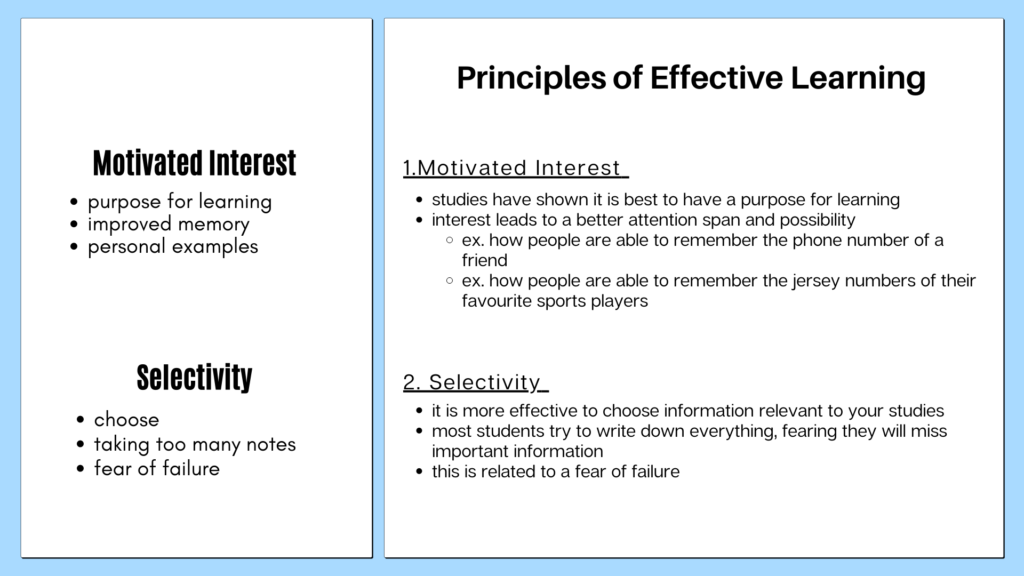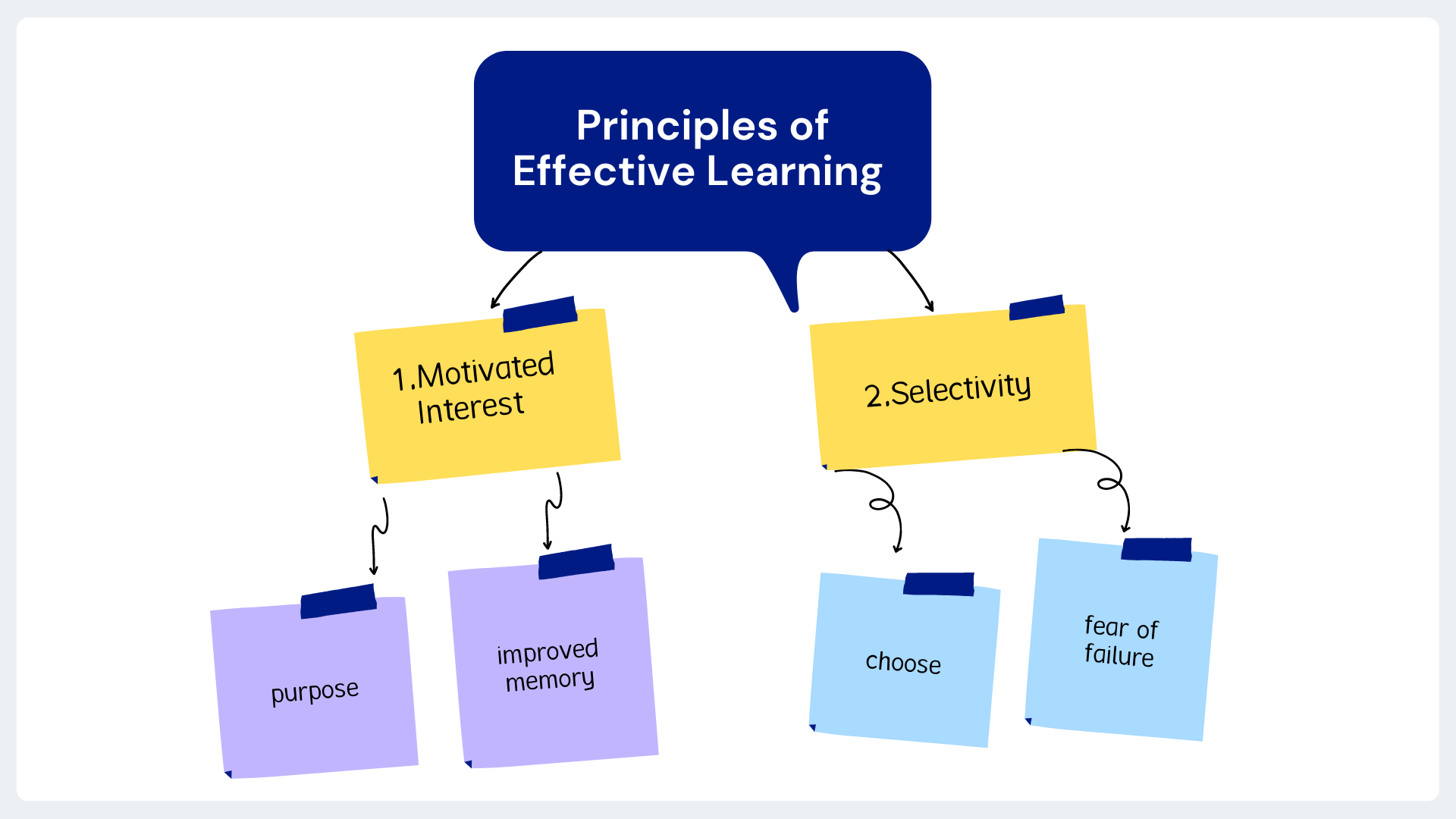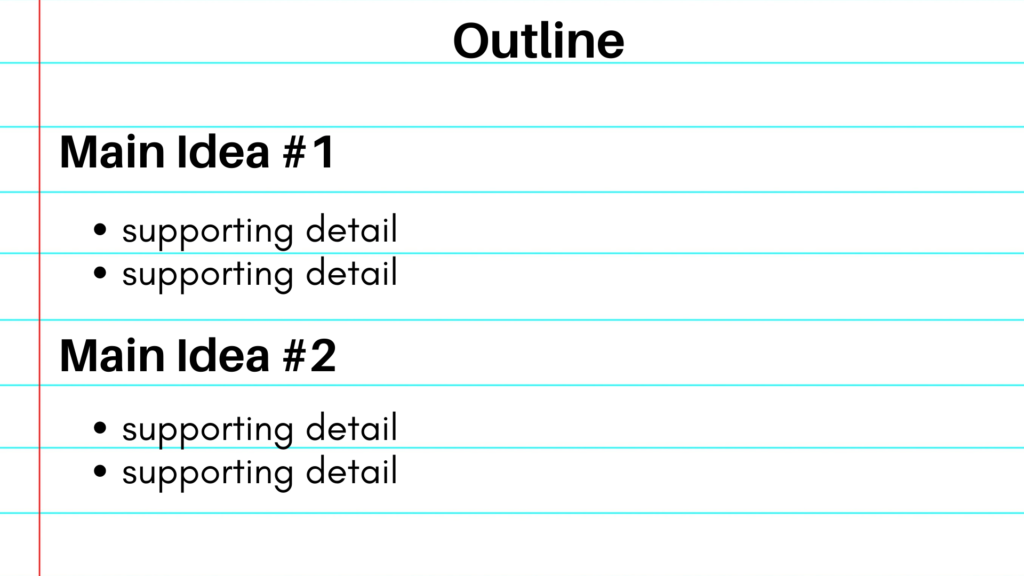
Note-Taking at University
The purpose of note-taking in lectures and tutorials is to record your understanding of the ideas and concepts discussed in class for future uses such as essay writing, preparing to read, and studying for examinations and tests.
How can you improve your note-taking skills?
- Listen Actively - Avoid the passive listener mentality which says you have to "get it all"; instead, listen for key ideas, main details, and transitional phrases which point to the focus of the lecture.
- Simplify It - Point form phrases, abbreviations and symbols can be used to save time writing, unless there is a definition that would be better understood written in full sentences.
- Watch for Clues - Verbal and non-verbal cues such as body language, voice tone and pace, repetition of ideas, and the time spent on subjects can indicate important ideas to write down.
- Build Understanding - Notes are important records that form the basis for regular review, exam preparation, critical thinking, and it gives an opportunity to actively engage with the material.
- Be Selective - Write notes in your own words and be careful not to write down every single word the professor says. Choose information according to your purpose, course syllabus, themes, what you want to learn, and any ideas you want more clarification on.
- Organize - Organize your notes according to topics and sub-categories while leaving some extra space to return to your notes to add more information, and use them test yourself later.
- Review Regularly - Review regularly to draw connections between course material and themes, and big ideas. Doing this regular review can assist you in "seeing the big picture" and makes note-taking part of your studying.
Strategies for Effective Note Taking
Additional Resources
| Resource | Download | Decsription |
|---|---|---|
| Cornell Notes Template | PDF Word | Downloadable template for taking notes in the Cornell format. |
| Note-Taking Template for Course Readings | PDF Word | Worksheet for taking notes from course readings. |
| Note Taking Brochure (pdf) | Downloadable brochure for note-taking strategies. | |
| Note Taking Video (19 min) | Learn effective note-taking methods from a Learning Skills Specialist. | |
| Note-Taking Essentials | Learning Skills Workshop |



